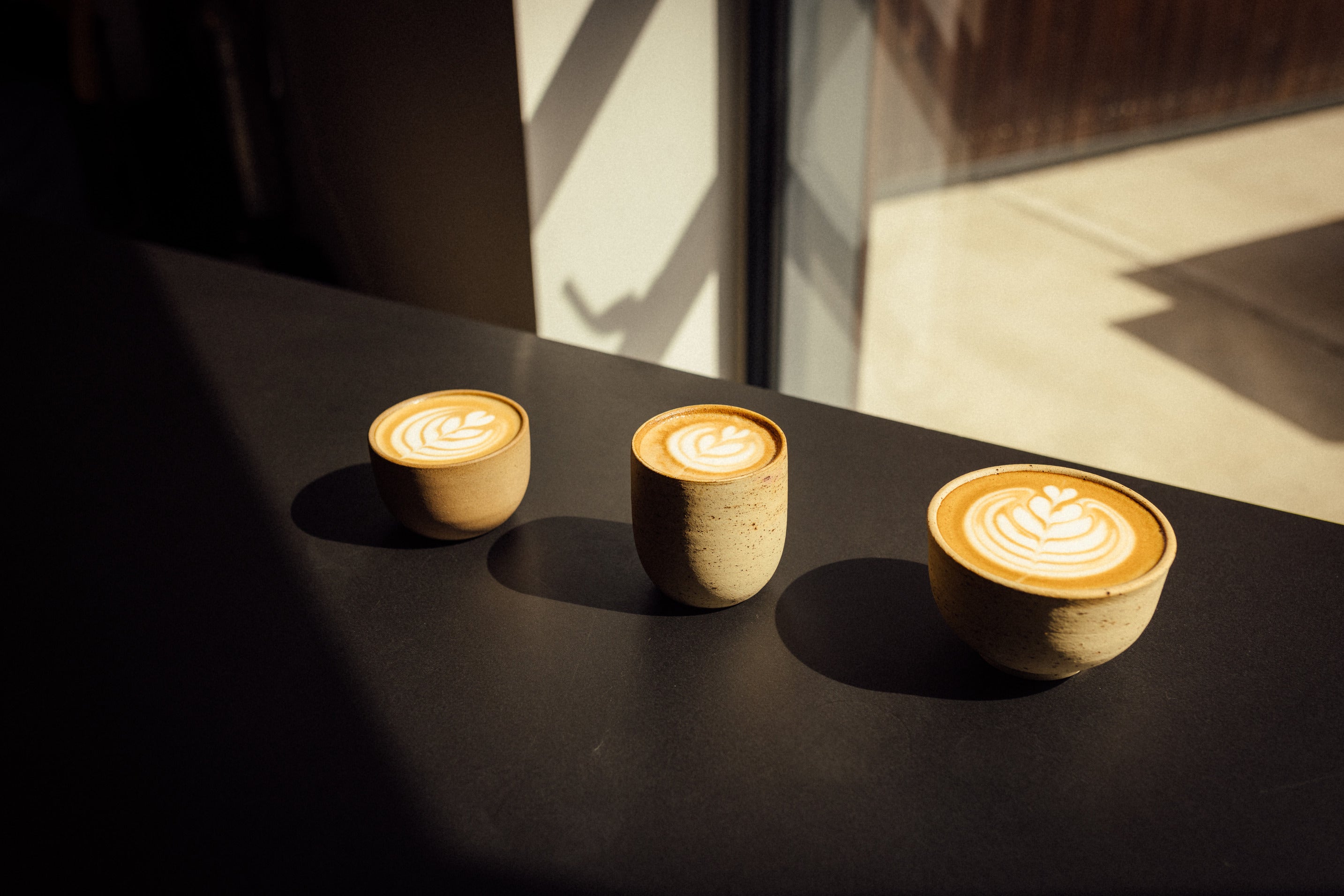There’s nothing complex about compost. Not only is it simple to set up, and rewarding to accomplish, but composting at home is one of the most effective and environmentally friendly ways to ensure your kitchen and garden waste stays out of landfill. About 8 percent of greenhouse gas comes from wasted food; around 40 percent of the average home dustbin contents are suitable for home composting. Creating a home compost bin is a great way to prevent waste ending up at landfill (which then contributes to the production of the harmful greenhouse gas, methane) and taking a more active role in looking after the environment–plus your plants will benefit, too.

With a little space and know-how, you can start home composting, making sure those everyday items - including our fully home compostable coffee bags - don’t go to waste. Read on to get composting in just a few simple steps.
WHAT YOU NEED TO START COMPOSTING
There’s no long list of items needed to get a compost pile started at home. You don’t even need a large garden in order to get composting successfully. The main factor is determining the space and location for your compost bin. Whether you buy a compost bin, or choose to make one yourself, the set up is simple.
Pick an area that’s easy to access: you won’t benefit from a compost bin if it’s difficult to add waste to, or hard to retrieve compost. It’s good to know how sunny or shaded your spot is: a consistent temperature is key to helping your waste turn into nutrient-rich compost. A sheltered area is ideal–even better if you can pick a south-facing spot. Make sure that your bin is on level ground, too.
You want to make sure your compost bin doesn’t have a bottom. If you’re unable to place your compost bin on grass, then place a thin layer of paper, twigs, and existing compost at the base; this will encourage an essential requirement for your compost: worms.

KEY INGREDIENTS FOR COMPOST
Successful composting comes down to a few rules and some simple science. You can compost all year round–all you need to do is remember to layer; allow room for air (and aid aeration, which we’ll come to shortly); and balance your ‘green’ waste’ with your ‘brown’ waste.
Green waste is typically wet, and nitrogen or protein rich. Green waste commonly includes fruit and vegetable scraps, egg shells, flowers, tea bags, and - our favourite - coffee. You can also include items such as seaweed, and manure from animals such as horses, cows, chickens, and rabbits–but don’t include cat (including litter) or dog waste. Green items heat up a compost pile as they help the microorganisms grow and multiple quickly. You should avoid putting any meat, dairy, bones, or oils and butters in your compost bin.
Brown waste is normally dry, and is carbon or carbohydrate rich. These items work as a food source for the soil dwelling microorganisms, plus aid with airflow, adding bulk to your bin. Brown items can include paper, cardboard, twigs and leaves, grass and straw, cotton fabric, hair, coffee filters, and our fully home compostable coffee bags, where everything, including the valve, seal, label, dyes and glues, are TUV certified to compost.
HOW TO KEEP YOUR COMPOST IN CHECK
You’ll want to layer your compost, balancing every addition of green waste with brown. These layers help keep your compost balanced. If you find your compost isn’t heating up, make sure to add more greens; if your compost is looking soggy and smelling bad, add more brown waste into the mix.
It’s important to regularly aerate your compost; this means, mixing things in and ensuring airflow, which will help your waste break down into compost quicker. Once a week should be enough: you can use any long-handled tool, such as a garden fork, to turn your compost heap. Helping airflow in your compost is crucial: if your compost pile becomes too wet and compact, then the compost process will be much slower.
Home compost can take between six months and two years to reach maturity: it will be a rich, dark brown colour, spongy and crumbly to the touch, with a smell reminiscent of woodland after rainfall. You can use your compost to feed spring bulbs, add to potted plants, spread on lawns, top-dress garden beds, and use as mulch–and more. We’re big fans of this helpful guide from our friends over at the Eden Project, for some tips and guidance on home composting.
HOW TO COMPOST WITHOUT A BIN
We get it: not everyone has ground access and space for a full compost pile–but that doesn’t mean your food scraps, coffee grounds, and Origin coffee bags have to be relegated to the bin (you can even return those to us, so we can compost them for you).
You can save compostable waste in a small caddy or container in your kitchen–it doesn’t have to be fancy–even a jar or bottle will do. If you’re short on counter space, or worried about smells or attracting pests, you can store your compostables in a bag or container at the back of your fridge or freezer.
Nowhere to put your compost? Check in with your local council to find out if they collect food waste for composting, or see if any friends, family, or neighbours have a use for your compost–you might even find a community garden to contribute to.
-
Learn more about our home compostable bags - here














